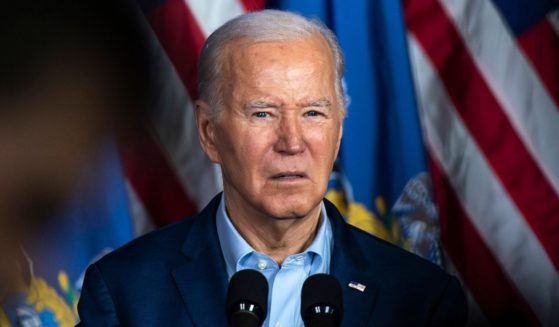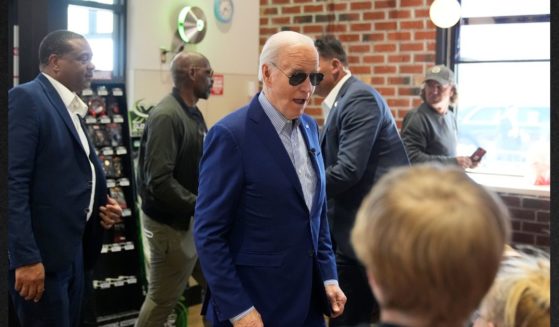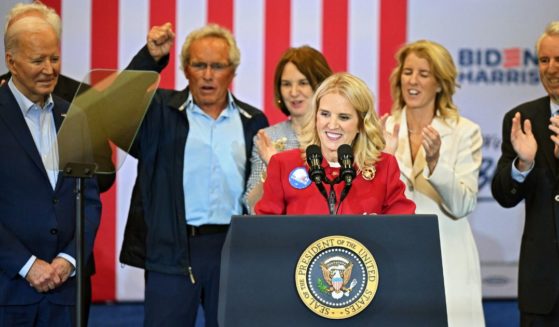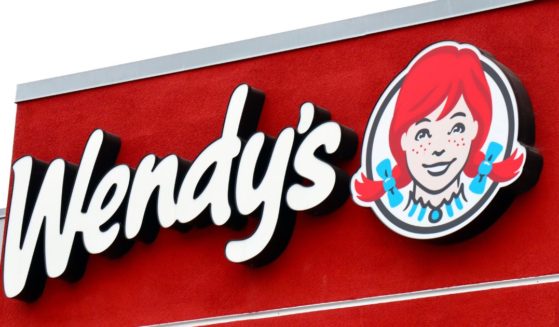Oregon Among Blue States Clinging to COVID Restrictions as Rest of US Returns to Normal
The sand was packed on a recent sunny day at an upscale beach town on Oregon’s coast, but signs of the state’s hardline approach to the pandemic were still everywhere.
Almost all the beachgoers wore masks — those who didn’t got nasty looks — and lines for a seat at the local cafes and restaurants snaked down the sidewalk because of rules limiting capacity to 25 percent.
It was a sharp contrast to places such as Florida or Texas, where many coronavirus restrictions have been lifted for weeks.
But even as the federal Centers for Disease Control and Prevention moved earlier this month to ease indoor mask-wearing guidance for fully vaccinated people, some blue states like Oregon and Washington are still holding on to some longtime restrictions.
After public pressure, Gov. Kate Brown, a Democrat, last week lifted a requirement for masks outdoors and put the onus on businesses to decide if fully vaccinated patrons would be required to wear a mask inside.
But capacity limits, publicized cases of student athletes passing out while competing or practicing in a mask and a widespread shutdown of indoor dining earlier this month continue to stoke resentment among those who feel Brown’s rules go too far as the rest of the U.S. returns to normal.
In Oregon, pushback has been particularly strong in rural areas — which include much of the state outside Portland — and has led to an effort by at least one county to become a “vaccine sanctuary” where people wouldn’t have to wear a mask regardless of their vaccine status.
“We are just so done with this,” said Tootie Smith, chairwoman of the Clackamas County Board of Supervisors and a former Republican state representative. “There’s a huge amount of frustration that people have.”
Smith made national news when she said on Twitter that she would host a large Thanksgiving dinner despite capacity rules on indoor gatherings in place at the time — and now she says she’s astonished when she travels outside Oregon and sees what it looks like to live with fewer restrictions.
Texas Rangers’ fans recently returned to Globe Life Field at full capacity, droves of college students crowded Florida beaches for spring break and Walt Disney World has reopened its gates.
“Everything was open. People were happy because they had the freedom to go out to restaurants [without a mask],” said Smith, who cited Florida, South Dakota and Idaho as examples.
“Some of the businesses wanted you to wear a mask. And it might have been mandated indoors at certain points — but the attitude was different. You weren’t shamed for not wearing a mask.”
Those who support the Northwest’s cautious approach, however, point out that the region has had lower infection rates throughout the pandemic.
“The benefit of 50 different states is you sort of get a natural experiment of what happens when states take a different approach,” said Dr. Jennifer Vines, health officer for Multnomah County, the state’s most populous county and home to Portland.
“I’ve watched as some [states] have had various surges or rejected certain restrictions. I think for the most part Oregon got it right,” Vines said. “Even though it may seem like there’s no problem, it’s those same restrictions that are preventing the problem.”
In Oregon and Washington, state health authorities have recently rescinded requirements to wear masks outside but are mostly maintaining indoor capacity restrictions, likely through the end of June.
Most of Oregon’s counties still have capacity limits for businesses and as of this week, businesses that want to let customers enter their stores without a mask must ask customers to prove they’ve been fully vaccinated.
State authorities this week said young athletes no longer have to wear masks while competing outdoors, but students must still mask while playing close-contact indoor sports, such as basketball and wrestling.
And earlier this month, state safety regulators extended indefinitely a rule requiring employees to wear masks at all times, regardless of their vaccination status.
Brown recently announced a reopening plan: Statewide restrictions on capacity and masking will be lifted when 70 percent of Oregon residents 16 and older have at least one dose of the COVID-19 vaccine.
Currently, more than half of Oregon’s eligible population has received a first vaccine, and health officials say they believe the state will reach the governor’s vaccination goal by the end of June.
Washington Gov. Jay Inslee made a similar reopening announcement, saying his state is on track to fully reopen by June 30, and a reopening could happen sooner if 70 percent or more of residents ages 16 and older have gotten at least one dose of the vaccine by then.
The Western Journal has reviewed this Associated Press story and may have altered it prior to publication to ensure that it meets our editorial standards.
Truth and Accuracy
We are committed to truth and accuracy in all of our journalism. Read our editorial standards.












